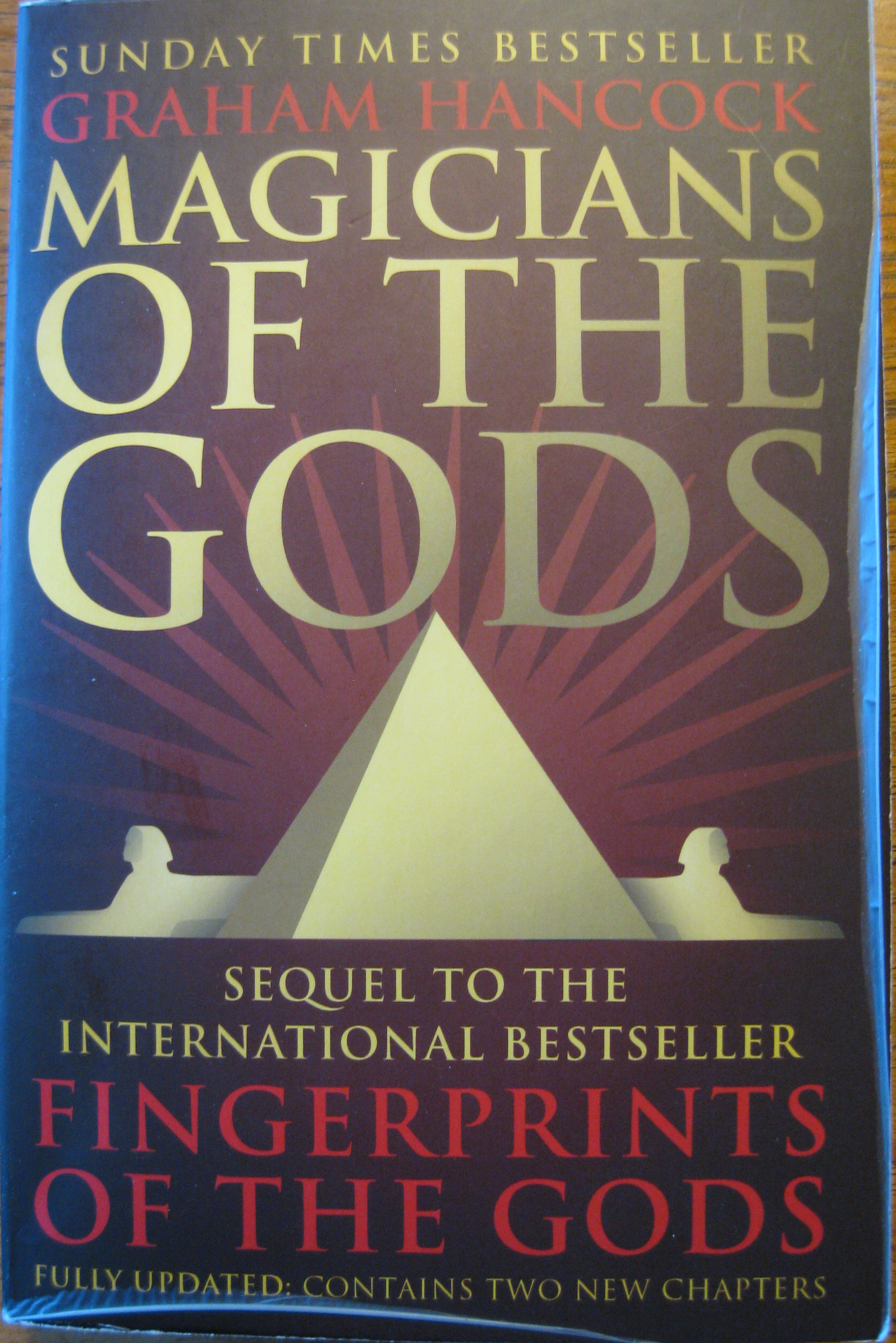 Graham Hancock’s book, “Magicians of the Gods” is a very controversial book, dealing as it does with very ancient civilizations and has been derided by mainstream archaeologists but frankly, I was so fascinated by the story Hancock told, I reread this very substantial book a second time to make sure I properly understood his message.
Graham Hancock’s book, “Magicians of the Gods” is a very controversial book, dealing as it does with very ancient civilizations and has been derided by mainstream archaeologists but frankly, I was so fascinated by the story Hancock told, I reread this very substantial book a second time to make sure I properly understood his message.
We are taught in school that nothing man did before the end of the last ice age is of interest. Before that time, apparently, man was too primitive to have created anything as important as a civilization or even had a civilized way of life. They most certainly couldn’t have built the massive structures that have come down to us, even though these have been properly and scientifically dated to 10,000 years ago and more. I have long wondered why, in a Darwinian world where creatures and plants evolve to meet circumstances, why should the human brains of all the people presently populating the world have apparently evolved along almost identical lines when they have often been presented with very different environments in which to establish themselves. After lasting for many thousands of years, the last main ice age began to come to an end some thousands of years before 12,500 years BC. After warming up and reaching temperatures we would find most comfortable, there followed a well-knows period known as the Younger Dryas before the world was once more thrown back into a mini ice age which lasted for a thousand or so years. There is still some doubt about what caused the Younger Dyras period to occur but no-one doubts it was as a result of some cataclysmic event that almost certainly caused widespread flooding and the consequent stalling of the Gulf Stream throwing the northern hemisphere back into another mini ice-age. Supporting my suspicion that the last 7,000 years of the 100,000 years of known history that homo sapiens have been living on the earth, is not all that is worth considering, Hancock suggests that well developed civilizations had been emerging before the end of the last major ice age and continued to struggle on through the Younger Dryas period. In his heavily referenced book, Hancock provides evidence for sophisticated civilizations that go back 12,000 years and more in Europe, Asia, North, South and Central America, as well as Oceania. Indeed, he claims there are more than 1,000 flood stories from all over the world with close similarities to our own well-known Noah and his Arc story. He suggests that this world-wide flood might have resulted when fragments of a large comet many kilometres in diameter landed on the receding glaciers that covered the northern hemisphere at that time, melting them. Another plausible suggestion others have suggested is that a very massive solar event, of which many have been known, struck the earth at that time frying up large areas of the northern hemisphere, also causing massive, world-wide flooding. As a consequence of the melting of the ice covering North America and Europe, sea levels rose by hundreds of feet, altering completely the shape of earth’s land masses and destroying the towns and lives of those who lived by the sea. It is concerning to realize that events, of either type, could still affect the earth. If it were a solar event, technology the world over would be fried. Can you imagine the chaos this would cause? I can recommend this book, but only to those with open minds.
Bernard Gallivan
January 2020